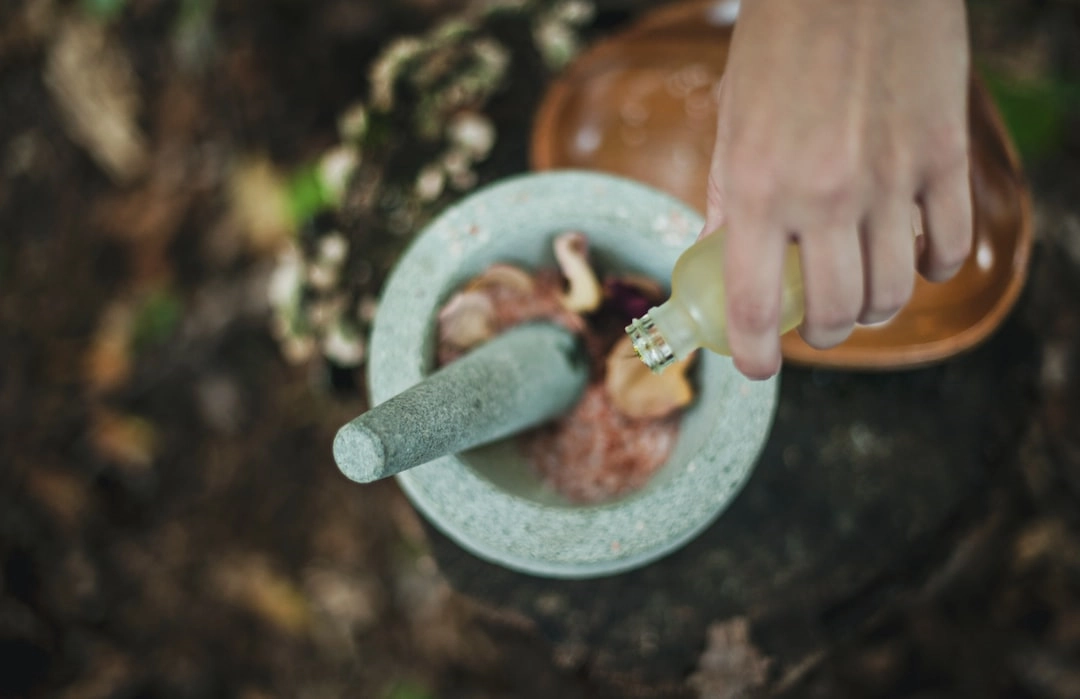
What are Natural Dyeing Techniques?
Natural dyeing techniques involve using plant-based materials to create dyes for coloring textiles and fabrics. Instead of relying on synthetic dyes that may contain harmful chemicals, natural dyeing offers a more sustainable and eco-friendly alternative.
Real-World Problems Associated with Natural Dyeing Techniques
While natural dyeing techniques have gained popularity in recent years, there are still some challenges and limitations that need to be addressed. These include:
1. Limited Color Palette:
One of the main issues with natural dyes is the limited range of colors that can be achieved compared to synthetic dyes. While natural dyes offer beautiful earthy tones, vibrant and bright shades can be more challenging to obtain.
2. Fastness and Durability:
The colorfastness and durability of natural dyes can vary significantly depending on the type of material being dyed and the specific dye used. Some natural dyes may fade or wash out more easily compared to synthetic dyes, which can impact the longevity and usability of the dyed products.
3. Sourcing and Availability:
Obtaining a reliable and sustainable source of natural dye materials can be a challenge. Many natural dyes require specific plant species or parts, and their availability may be limited or seasonal. Ensuring a consistent and ethical supply chain for natural dye materials can be an ongoing challenge for artisans and businesses.
4. Water and Energy Consumption:
Some natural dyeing techniques require large quantities of water and energy to extract and process the dyes. This can have environmental implications, especially in areas where water scarcity is an issue or where energy-intensive methods are used. It is important to explore and promote more sustainable methods of natural dye extraction and processing.
5. Scaling Up Production:
While natural dyeing techniques have traditionally been used on a small scale for artisanal purposes, scaling up production can present logistical challenges. Meeting the demand for natural dyes on a larger scale while maintaining quality, consistency, and sustainability is a complex process.
Addressing these real-world problems associated with natural dyeing techniques is crucial for the continued growth and adoption of sustainable and eco-friendly practices in the textile industry.

Solutions to Real-World Problems in Natural Dyeing Techniques
While there are challenges associated with natural dyeing techniques, innovative solutions are being developed to address these issues and promote sustainable practices. Here are some solutions to consider:
1. Research and Development:
Continued research and development efforts can help expand the color palette of natural dyes. Finding new sources of plant materials and exploring dye extraction techniques can lead to a wider range of vibrant and diverse color options.
2. Natural Mordants and Post-treatments:
Mordants and post-treatments can improve the colorfastness and durability of natural dyes. These substances help fix the dye onto the fabric, increasing its resistance to fading and washing. Exploring natural alternatives to synthetic mordants can reduce the environmental impact of the dyeing process.
3. Sustainable Sourcing and Certification:
Ensuring a sustainable supply chain for natural dye materials is vital. This can involve establishing partnerships with ethical suppliers and verifying the origins and practices of the materials used. Certifications can help consumers identify products that adhere to sustainable dyeing practices.
4. Water and Energy Conservation:
Developing and utilizing low-water and energy-efficient methods for dye extraction and processing can contribute to a more sustainable approach. Exploring alternative dyeing techniques that require less water and energy, such as cold dyeing methods, can help mitigate the environmental impact.
5. Collaboration and Knowledge Sharing:
Encouraging collaboration between artisans, designers, scientists, and researchers can lead to collective problem-solving and the sharing of best practices. By exchanging knowledge and experiences, the development and adoption of sustainable natural dyeing techniques can be accelerated.
By implementing these solutions, the limitations and challenges of natural dyeing techniques can be mitigated, making them a more viable and attractive option for achieving sustainable and eco-friendly textile coloring.















